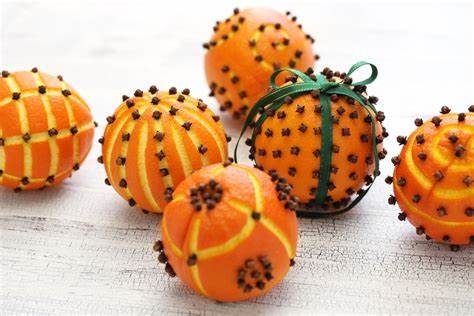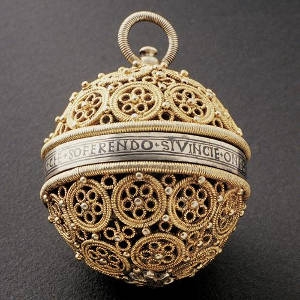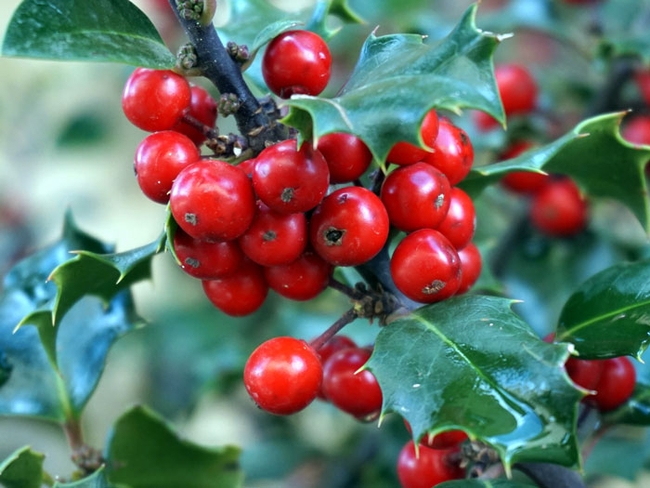
Did you know that the use of Pomanders date back thousands of years? Hippocrates, Thucydides, and Galen, all of whom lived through plagues due to pestiferous or “Bad Air” used a simple version to breathe easier and stay healthy. If breathing “corrupted air” was the cause of disease, then the solution was to surround oneself in a shield of pleasant fragrance. This could be as simple as an orange studded with cloves or an apple with resin bits stuck into the skin. You would simply carry the fruit with you and when you needed a breath of fresh air take it in your hand and roll it to activate the smell and hold it under your nose.

In 1348, a report from the Medical Faculty of the University of Paris states “The present epidemic or pest comes directly from air corrupted in its substance”. The recommended remedy by the writers was to use incense in combination with fragrances, which “hampers putrefaction of the air and removes the stench of the air and the corruption (caused by) the stench.” Nutmeg, aloeswood*, ginger, cloves, camphor, sandalwood, and cinnamon were faculty approved for use in pomanders. We know today face masks do a better job at filtering out the “pests” in air we breathe, but the smells of the spices and herbs would be an improvement! Take that COVID-19! A drop of cinnamon oil in your mask could be the secret to keeping the mask on while you shop or sit through a meeting.
* Agarwood, aloeswood, eaglewood or gharuwood is a fragrant dark resinous wood used in incense, perfume, and small carvings. It is formed in the heartwood of aquilaria trees when they become infected with a type of mold (Phialophora parasitica). Prior to infection, the heartwood is odorless, relatively light and pale colored; however, as the infection progresses, the tree produces a dark aromatic resin, called aloes (not to be confused with Aloe ferox, the succulent commonly known as the bitter aloe) or agar (not to be confused with the edible, algae-derived agar),in response to the attack, which results in a very dense, dark, resin-embedded heartwood. The resin-embedded wood is valued in Indian-North Eastern culture for its distinctive fragrance, and thus is used for incense and perfumes.
Ever wonder why Holly is the tree from which we decorate the halls with boughs? Let me shed light on this tree.

The Holly tree possessed protective qualities according to the Druids (early Celtic culture). They would bring boughs into their dwellings to protect against evil spirits and bad luck, as well as provide shelter from the cold for the fairies, who in turn would be kind to those who lived in the dwellings. (Is this an early start of “Elf on the shelf” or even the beginning of being classified as “naughty or nice”?) When you look at the Holly tree, its abundant spiked leaves are a great spot for garden birds to safely make their nests and enjoy the protection from predators.
Is it no wonder that Christmas and New Year celebrations take place during the Winter and days of Holly, aka Holly Days?
Happy Holly Days to All!